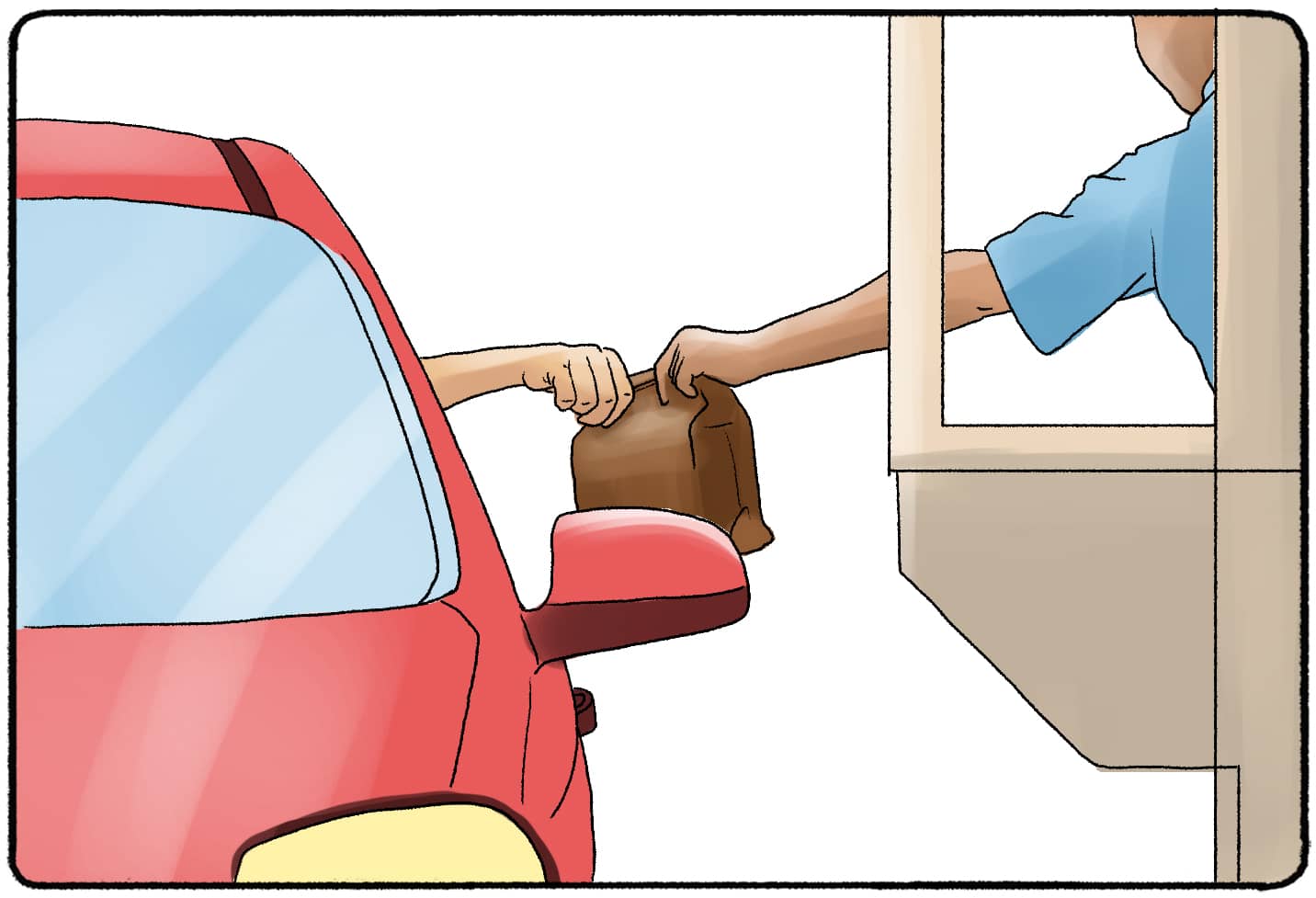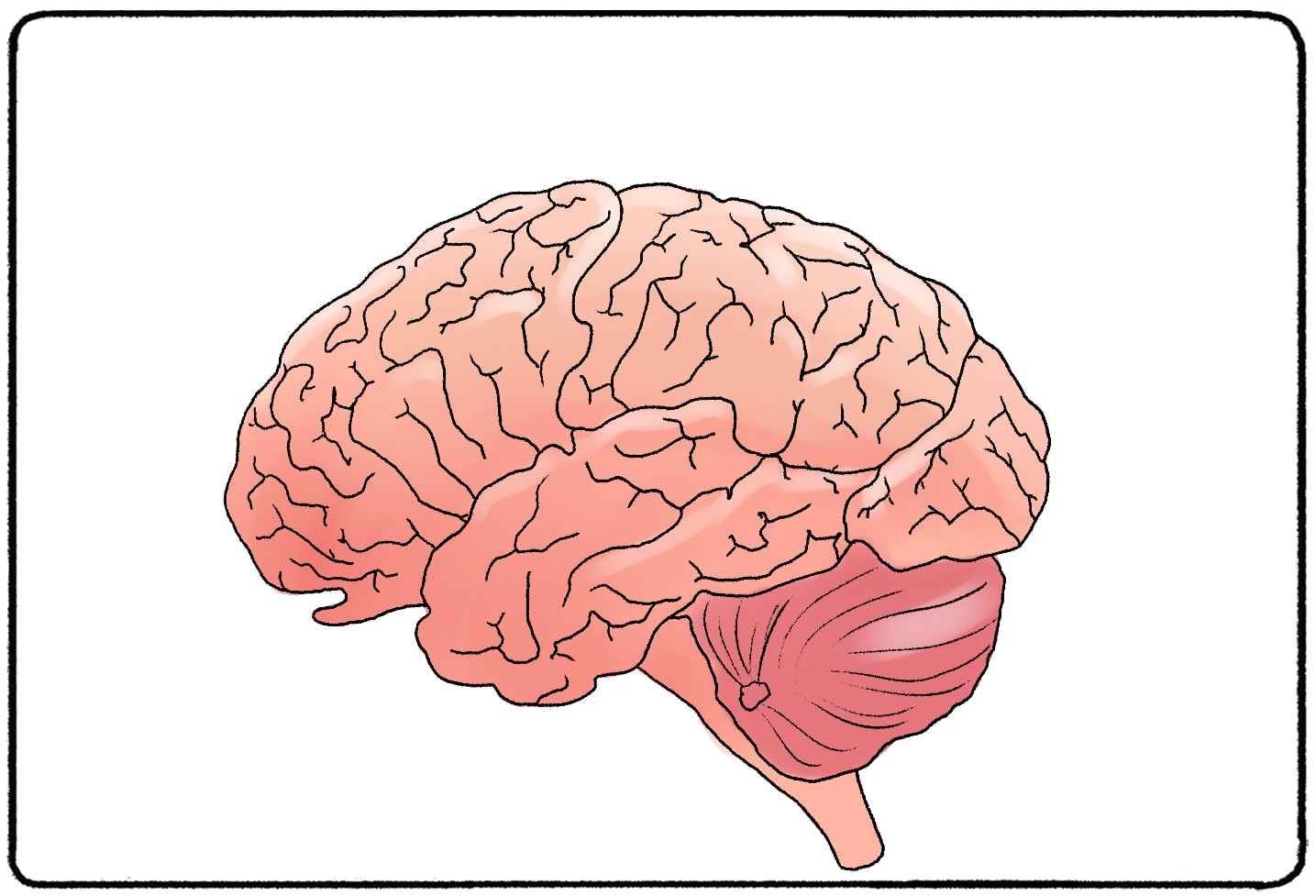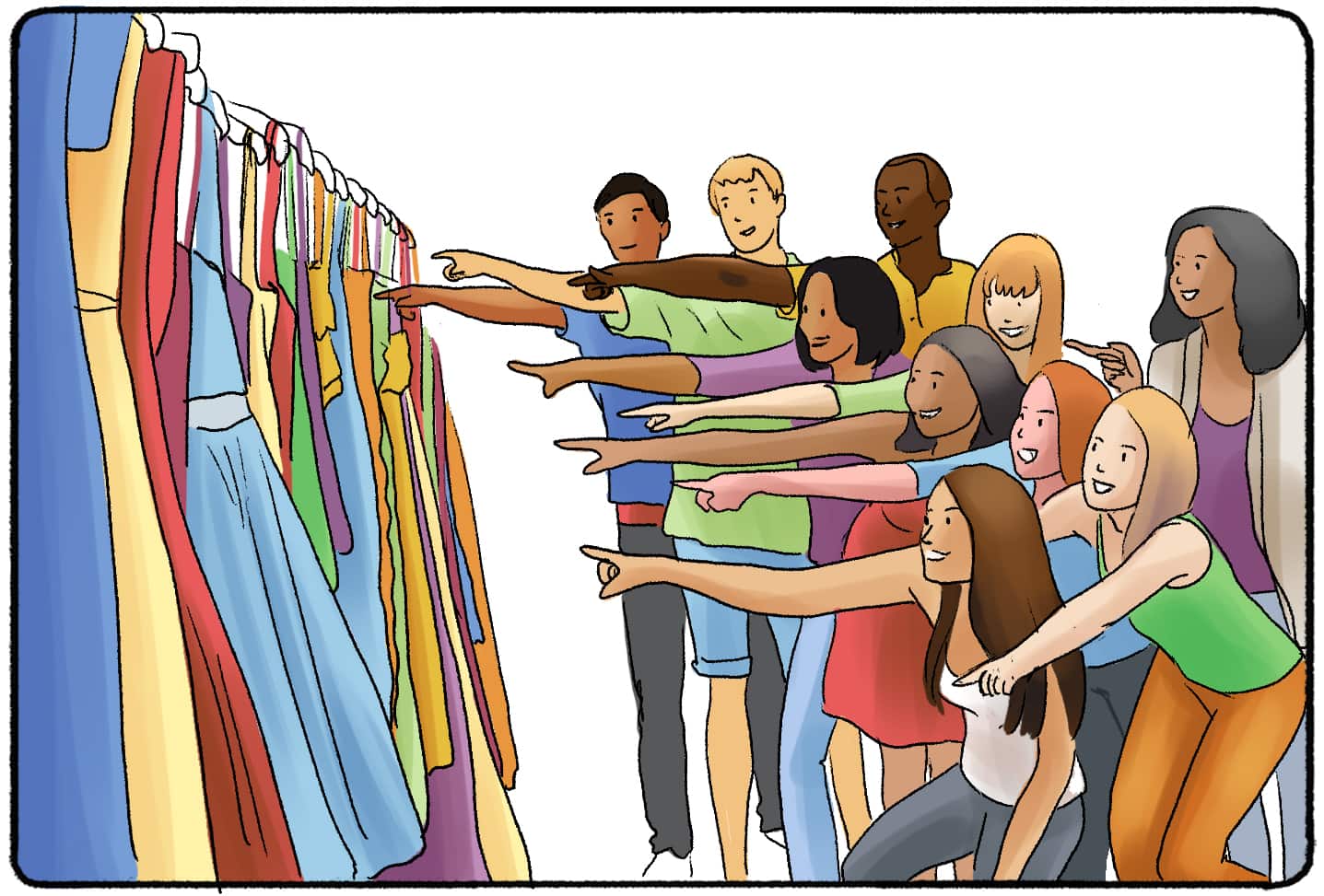If you find yourself having trouble making decisions, satisficing can help you save time, reduce anxiety, and solve whatever problem is at hand.
You might have never heard of satisficing before, but it’s certainly no secret. You’ve probably been through this process before without having a name for it!
What Is Satisficing?
Satisficing is the process of choosing a solution because it’s satisfactory, not because it will bring about optimal results. The term is a combination of “satisfactory” and “sufficing.” It was first introduced in 1956 by an economist and psychologist named Herbert Simon, the psychologist behind the theory of bounded rationality.
The theory of bounded rationality suggests that humans are more likely to make decisions based on the time constraints they have and the information they already have (or can easily access.) Although you may make a better decision by collecting all of the information and weighing all of the pros and cons, we don’t always have these luxuries. When we don’t have all of the time, money, and knowledge to make the absolute “best” decision, we often satisfice or find a solution “that will do.”
Examples of Satisficing
Satisficing isn't a huge, life-or-death problem, but it doesn't always lead to the "best" decisions. As you'll see in the following examples, the person who is satisficing will not be hurt by their decision, but they might be missing out on the potential to do something better for themselves.
1. French Fries for Dinner
Let’s say you’re on a road trip and you get really hungry. It’s been a long day. You’re exhausted. And you don’t have a lot of cash (or time) to spare. The idea of going home, firing up the oven, and making food sounds tiring. You decide to pull over to the closest gas station and find a sandwich, chips, and drinks. It costs less than $15, and within a few minutes, you’re back on the road without any hunger pangs.

Picking Out a Dress
Here’s another situation. You are invited to be someone’s date for a wedding, but it’s tomorrow! You open your closet and decide to pick out the first dress that you see. Maybe you have worn it a few times and it doesn't fit as well now that you've gained or lost weight since the last time you wore it. When you try it on, it still fits. You look acceptable and don't have to spend any money on a new dress for the wedding.
Answering a Survey
This example of satisficing may seem out of the box, but it shows the effects that satisficing can have on others. Let's say you get a survey in your inbox from your boss. The survey asks a lot of questions about workplace morale. To entice you to fill out the survey, your boss asks you to hand it in by the end of the day for the chance to win an $100 gift card. You want to fill out the survey, but don't have a lot of time during the day to think of your answers. Each answer is short, quick, and satisficing.
In this last example, we see how satisficing isn't just about what the decision-maker prioritizes. People satisfice because of factors outside of their control. If the boss in this example structured the survey differently or gave their employees more time to take the survey, they might have gotten better answers. Instead, they were stuck with answers that probably didn't give the insight they were looking for.
Satisficing is a normal part of the decision-making process. Consider it as you make decisions and encourage others to make decisions, too.
Why Do We Satisfice?
- Time constraints
- Budgetary constraints
- Input and opinions from other people
- Cultural rules or customs
- Comfort in the satisficing choice
- Feeling overwhelmed by other options
- Exhaustion or fatigue
One or all of these factors could play into a decision that is not "optimal." To avoid regret and make the best decisions for yourself, you must consider how these factors play into your decisions and whether they can be altered.
Satisficing Is A Heuristic
Satisficing is known as a “cognitive heuristic.” Heuristics are shortcuts that our minds take in order to make a decision quickly. Our brains don’t like to work. You may not have chosen the gas station chips or the first dress you saw because you wanted to satisfice. But you knew that you had limited time and energy, so you went with a decision that simply fit your requirements.

Heuristics are often confused with biases, but they are slightly different. Heuristics lead to cognitive biases. Cognitive dissonance, for example, occurs when our mind takes a shortcut and chooses the opinion that we already hold.
Optimal Isn’t Always Optimal
What if you didn’t want to satisfice on your road trip? What if you felt that you had the choice between the gas station sandwich, a restaurant next door, and the grocery store down the street? Or you had three gas stations lined up in a row, all with food that would fuel you on your road trip?
Well, now you have to make the decision of what decision is optimal. Will the food at the restaurant help you stay slim on your road trip? Is the gas station food too fattening? Will you end up waiting too long for the food at the restaurant and fall behind on your trip? How much money is too much to spend on this dinner? What if the grocery store doesn’t have everything you need…?
Maximizing vs. Satisficing
When you search for the optimal solution (aka “maximizing,”) you have a lot more to consider. What meal is the most satisfying, cost-effective, and fastest? What are you willing to sacrifice: breaking your diet or waiting an hour for your food to come? Simply going through these questions and debating with yourself may take more time than it's worth.
Plus, “maximizing” can only lead to one, optimal answer. That assumes that all of the other choices are less optimal. People who maximize rather than satisfice are more likely to second-guess their choices and continue to debate the merits of each choice. The ironic thing about maximizing is that when you aim to get the most out of your choice, you lose a lot. You lose time. You might lose money because time is money. Or, you lose the guarantee that your choice will suffice because even if your requirements are met, maximizing is about choosing “the best.”
Is it really worth the time and worry to make the best decision when a wider range of decisions will be satisfactory?
What Is “Satisfactory?”
There are plenty of people that prefer satisficing over maximizing. They are happy to make quicker decisions with less guilt. But “satisficing” doesn’t look the same for everyone.
Let’s go back to that wedding dress example. You have a wedding to attend, and you need to wear an outfit at the wedding.
In order to satisfice, you have to understand your needs.
For some people, those needs are to simply be covered with a piece of clothing. Even if the dress is wrinkly, or cheaply made, it’s still a dress. That’s enough.
For others, “satisfactory” looks like a dress that fits the occasion of a wedding. A white dress would not be satisfactory, for example, because some cultures and social circles believe that it is inappropriate to wear white to a wedding that’s not your own.

For other people, “satisfactory” looks like a dress that is flattering, well-made, and makes them appear to have a lot of money.
If you asked 10 different people to “satisfice” while looking through a closet to find a wedding outfit, each person may choose a different outfit. But the results are the same. Each person is satisfied with their choice, and not spending a lot of time possibly regretting their decision.
How to Satisfice
The next time you find yourself mulling over a decision, ask yourself if satisficing will help you save time and feel better about your choice.
Take a look at your requirements, not your options. What will satisfy you? What will suffice?
Once you’ve understood your requirements, take a small amount of time to find a solution. If this solution satisfices, don’t search any further! Make your decision, enjoy your satisfaction, and spend your saved time on other decisions.
Satisficing doesn’t always result in a split-second decision. If solutions are scarce and your requirements are high, you’re still going to have to spend some amount of time making your decision. But once you do make your decision, you can move on with the knowledge that your needs will be met and that you’ve saved time doing so.
Other Heuristics that Affect Our Decisions
Our minds are always looking for the easiest route to a good decision. Satisficing isn’t the only cognitive heuristic that influences our decisions. The following heuristics may also play a role in our choices.
Loss Aversion (Sunk Cost Fallacy)
Just like we tend to avoid pain, we tend to avoid loss. Loss of any kind feels more devastating than wins feel satisfying. So even if a win may require some loss, we tend to avoid that loss and eventually avoid that win. When the “loss” is something that we have already given away (time, money, or other types of investments,) we may be enticed by the sunk cost fallacy to follow through with a decision that has already cost us so much.
Let’s say you spent $20 on a spin class that you paid for ahead of time. On the morning of the spin class, you feel exhausted and hungover. Normally, there is no way you would attend a spin class; however, you don’t want to “lose” the $20. You feel obligated to go to the spin class, even if that means feeling pretty terrible for an hour.
Bandwagon Effect
The bandwagon effect takes place when you feel compelled to do what everyone else is doing. You are surrounded by people who are eating at a certain restaurant or cheering for a specific sports team. There appears to be no harm in going along with the crowd.
Let’s say you’re on a road trip with a group of friends and dinnertime is approaching. You may want to wait to get to your accommodations and cook a nice, healthy meal, but you’re alone in that mindset. Everyone else wants to stop at the closest fast food joint. You feel pressured to go along with the group, so you order a burger and fries for yourself.
Availability Heuristic
Our brains can only gather, remember, and process so much information at once. Combing through everything we know about a topic, and exploring everything that we don’t know, takes time and intention. Our brains would prefer to make a decision based on the information that is most readily available to us.
Let’s go back to the wedding dress example. You were not given an explicit dress code, so you decide on what you’re going to wear based on what you wore to the previous wedding. This might seem like an easy choice, and it might work out for you, but there is a chance that you needed to do more research on the dress code based on the time, location, and type of wedding you’re attending. All of the information surrounding different dress codes at different weddings is not readily available to you, however, so it was less likely to impact your decision.



